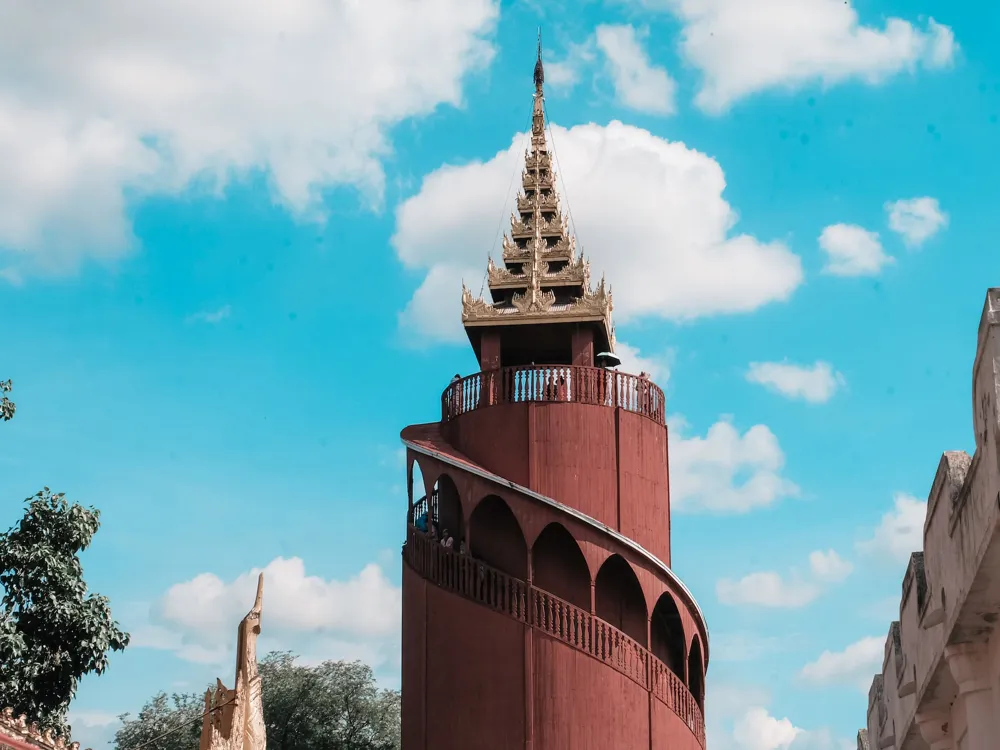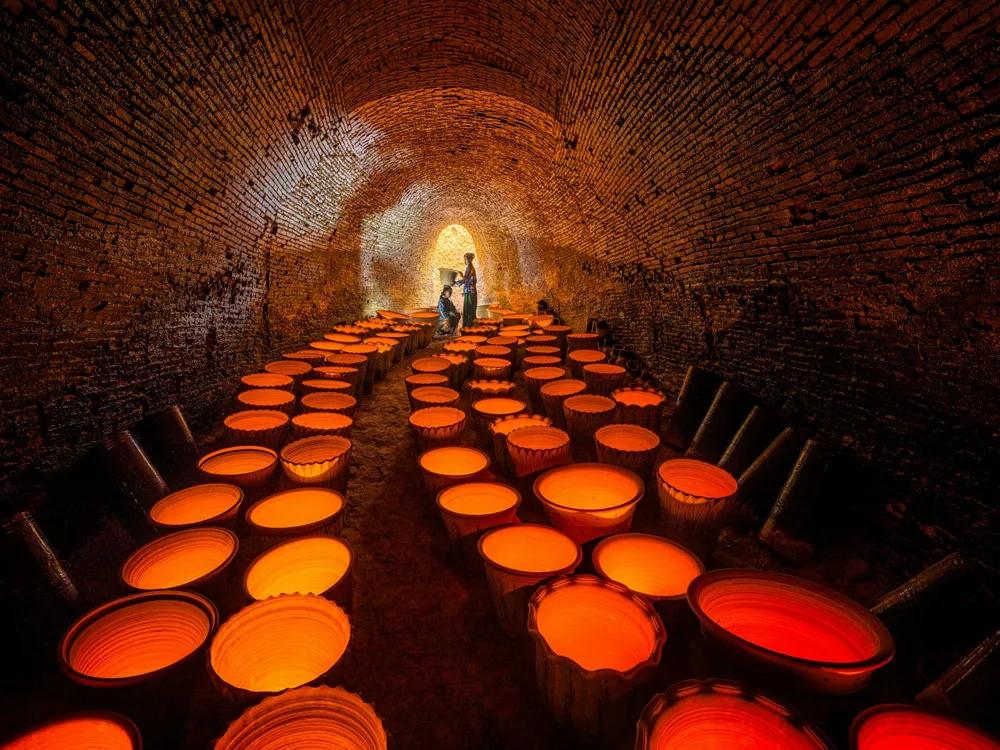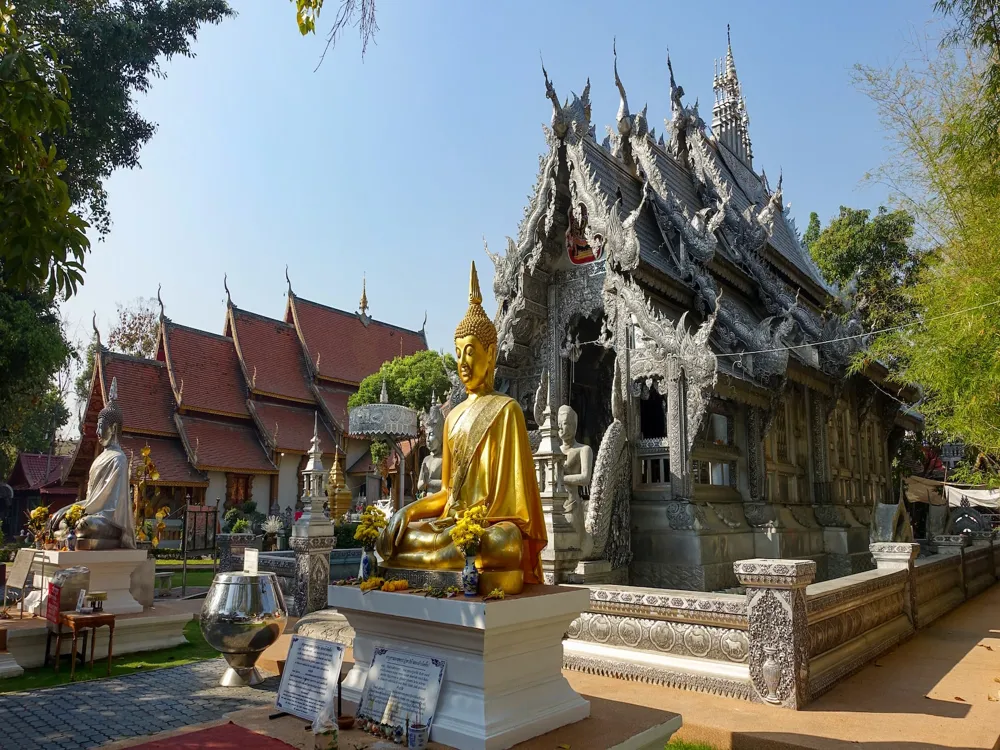The Sulamani Temple, a crowning jewel in the plains of Bagan, Myanmar, stands as a testament to the architectural prowess and spiritual heritage of the region. Built in 1183 by King Narapatisithu, the temple is celebrated for its historical significance and artistic magnificence. Spanning across a rich history of over 800 years, Sulamani has witnessed the ebbs and flows of Bagan's cultural and political landscapes. Its name, Sulamani, meaning 'Crowning Jewel,' perfectly encapsulates the essence of its architectural grandeur. The temple's layout is a sophisticated fusion of earlier, linear-style Bagan temples and the later, more symmetrical designs, showcasing a pivotal point in Burmese temple architecture. Intricate carvings, glazed terracotta tiles depicting Buddhist teachings, and an array of mural paintings, some of which date back to the original construction period, adorn its walls, making it a treasure trove for historians and art enthusiasts alike. The Sulamani Temple's architecture is a hallmark of the late Bagan period, featuring innovations that were groundbreaking at the time. The temple's structural design is a complex blend of strength and elegance, characterized by its tall, pyramid-like terraces that are topped with a sikhara, an ornamental tower typical of Hindu temples, which reflects the syncretic religious culture of the era. One of the most notable architectural features of the Sulamani Temple is its sophisticated use of light. The inner sanctum, typically dark in earlier Bagan temples, is illuminated by natural light that filters through the upper terraces. This design not only enhances the spiritual ambiance but also showcases the detailed mural paintings in their full glory. The ideal time to visit the Sulamani Temple is during the cooler months from November to February, when the weather is pleasant, and the skies are clear, offering a perfect backdrop for photography and exploration. Visitors should dress modestly, covering shoulders and knees, as a sign of respect. It's also customary to remove shoes and socks before entering the temple premises. Opting for a guided tour can enrich your visit, as knowledgeable guides provide insights into the temple's history, architecture, and religious significance. Sulamani Temple is accessible via multiple modes of transport. Visitors can take a taxi or rent a bicycle or e-bike from Old Bagan or New Bagan. The temple is also a popular stop for horse-cart tours, offering a unique and traditional way to explore the area. Read More:Overview of Sulamani Temple of Bagan
Architecture of Sulamani Temple
Tips When Visiting Sulamani Temple
Best Time to Visit
Respecting Local Customs
Guided Tours
How To Reach Sulamani Temple
Sulamani Temple
Bagan
NaN onwards
View bagan Packages
Weather :
Tags : Temple
Opening hours : 8:00 AM - 5:00 PM
Ticket details : MMK 25,000 Kyat for foreign tourists for the Bagan Archaeological Zone ticket, which covers the entry to all temples.
Planning a Trip? Ask Your Question
Bagan Travel Packages
View All Packages For Bagan
Top Hotel Collections for Bagan

Private Pool

Luxury Hotels

5-Star Hotels

Pet Friendly
Top Hotels Near Bagan
Other Top Ranking Places In Bagan
View All Places To Visit In bagan
View bagan Packages
Weather :
Tags : Temple
Opening hours : 8:00 AM - 5:00 PM
Ticket details : MMK 25,000 Kyat for foreign tourists for the Bagan Archaeological Zone ticket, which covers the entry to all temples.
Planning a Trip? Ask Your Question
Bagan Travel Packages
View All Packages For Bagan
Top Hotel Collections for Bagan

Private Pool

Luxury Hotels

5-Star Hotels

Pet Friendly






















